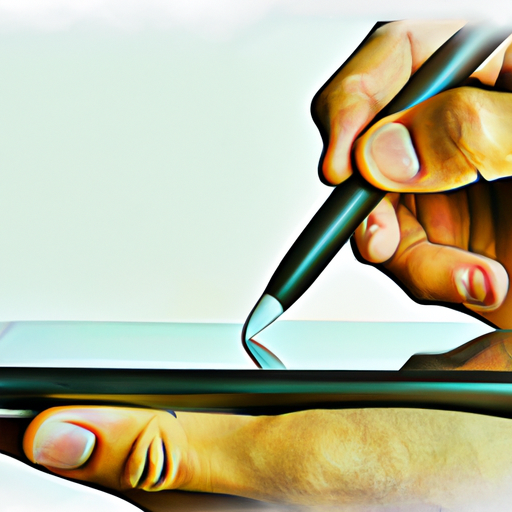The Influence and Impact of Digital Art on Traditional Art Forms
As we continue to thrive in the digital era, various forms of art have undergone significant transformations. One deeply affected is the domain of visual arts. Pioneering dynamics of digital art, bolstered by cutting-edge technology, have profoundly impacted the perception and practice of traditional art forms.
Speaking the Digital Language in Art
The advent of digital art has introduced a new artistic vocabulary into the arena of traditional artistry. Gone are the days when visual expressions were confined to strict dimensions of a canvas or the stiff limits of moulded clay. Modern digital artists relish in virtual scenes, three-dimensional simulations, and interactive mediums, creating a dynamic fusion between technology and creativity. This fresh approach to artistic expression has dramatically influenced how art is perceived, transforming art from passive observation into an active experience.
Navigating Changes in the Art Industry
Over time, digital art has ushered in significant shifts in the art industry. Its mainstay lies in the intimidating ubiquity it allows, with artists no longer being geographically or materially confined. Virtual galleries and exhibitions have provided unprejudiced access to a wider audience, eliminating the elite aura that sometimes shadows traditional art spaces. Meanwhile, the rampant digital art marketplace allows effortless buying and selling, demystifying the previously complex procedures tied to art acquisition.
Challenging the Art Traditions
Dominated by established norms and classical techniques, traditional art forms often risk being stagnant. Digital art, witnessing ceaseless advancements, pushes the boundaries and redefines these pre-established norms. It questions the time-honoured traditions and introduces newer paradigms of artistic expression. Furthermore, digital art creates a conducive space for seizing the novel, often leading to significant cross-fertilization between traditional and digital art forms. The resulting amalgamation is extraordinarily unique and inspiring.
Diving into the Pros and Cons
Like anything else, digital art has its pros and cons. On the beneficial front, it allows unprecedented accessibility and artistic flexibility. An artist can create and recreate without fearing material loss. However, this liberation lies parallel to the risk of forgery and plagiarism. Authenticity might be compromised in the digital space, leading to issues of copyright violations.
The Artists' Perception
Artists, both from the digital and traditional realm, have diverse opinions about this transition. Some champion it as an exhilarating, democratic phase for the art world, while others worry about the loss of tactile sensibility vital to the creation process in traditional artistry. Nevertheless, the consensus significantly leans towards the fact that digital art is here to stay and will continue to shape the art world in novel and unpredictable ways.
As we celebrate the growing influence and impact of digital art on traditional art forms, it is crucial to ensure that the transition indeed drives growth and creativity in the artist world, revering the sanctity of both old and new. Any form of art, after all, is a brave playground of boundless expression.



















Comments
Leave a Comment